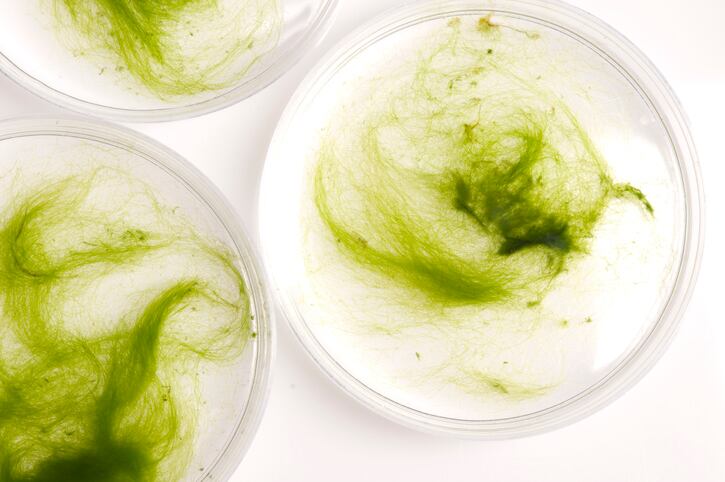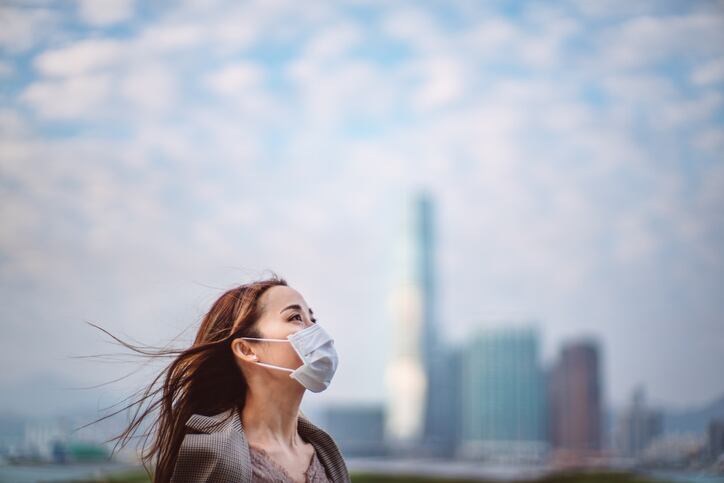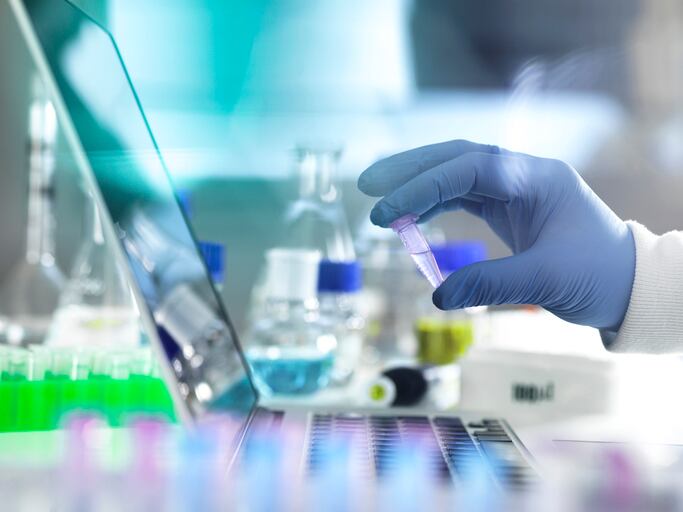Writing in the Journal of Basic Microbiology: Environment-Health-Techniques, researchers from India and Brazil investigated use of algae bioprocessing to remediate persistent cosmetic chemical pollutants. The review was particularly timely, they said, amidst increased worldwide industrial beauty and personal care production to plug “elevated demand” in daily life and concerns associated with persistent pollutants in natural ecosystems.
“Contamination of various ecological terrains has been drastically increasing due to rapid industrialisation, among which cosmetics form a major concern,” the researchers wrote. “Remediation of cosmetic pollutants in the current scenario is a vital requisite.”
Algal-based remediation has ‘promising effects’
The researchers said that whilst plenty of bacterial, fungal and higher plant species had been “studied intensely” for bioremediation elements, algae proved particularly interesting. Algal cells, they said, offered biosorption, bioassimilation, biotransformation and biodegradation – making them “favourable for the removal of persistent and toxic pollutants from the environment”.
“The utilisation of benthic microalgae for biodegradation processes on organic pollutants has been proliferating immensely. In addition, algal-based remediation has immense commercialisation [potential] due to its promising effects and low economic inputs. The current review aims to provide updated and comprehensive insights on the remediation potential of algal species and the mechanisms involved in degrading hazardous cosmetic pollutants to reduce their impact on environmental toxicity,” the researchers wrote.
Persistent cosmetic chemicals a ‘potent threat’ to environment
The review acknowledged the wide range of chemical compounds used in cosmetic products, for preservatives, additives, fragrances, stabilisers, and surfactants, and said that whilst many degraded naturally over time, with inclusion levels and use regulated, certain compounds transformed and caused bioaccumulation.
“These persistent compounds cause a potent threat to the environment due to their widespread indiscrimination and prolonged exposure,” the researchers said.
Parabens, phthalates and sulphates could all be considered persistent compounds that were used in a range of cosmetic products, they said. It was therefore of interest to explore options that helped break down these compounds, notably algae.
“Algal cells through the potential implementation of the biotechnology aspect can extensively be applicated toward the remediation process of hazardous chemical pollutants. These organisms have a high potential for degrading and removing hazardous chemical pollutants that remain in the environment,” the researchers wrote.
‘Highly versatile’ in transforming, absorbing chemical pollutants
The “majority of algal species”, they said, were able to accumulate carbohydrate compounds, primarily polysaccharides, as well and capture chemicals and metals.
And using algae during this degradation process also benefitted other microbiota by providing oxygen and nutrients, they added. “This mutuality in algal behaviour helps to increase the degradation capabilities of various other organisms. The morphological adaptation of algae makes it highly versatile in transforming and absorbing a diverse class of chemical pollutants thriving in natural ecosystems.”
For parabens, the “only known” algae-based remediation was periphyton – a modified algal formulation. For phthalates, notably Diethyl Phthalate (DEP) and Dibutyl Phthalate (DBP), there was a “significant decrease” of these compounds in the presence of algal species. And for sulphates, primarily triclosan sulphate, remediation had been achieved using a specific strain Nannochloris.
However, the researchers said more research was needed to better understand the “bioremediation potential of the algal kingdom” and more knowledge needed on the algal metabolism, activity and mechanism of cosmetic chemical remediation for each cosmetic chemical.
If this knowledge and scientific progress was achieved, the researchers said it could “open platforms for the successful engineering of these species for providing a sustainable and efficient remediating process”.
Source: Journal of Basic Microbiology: Environment-Health-Techniques
Published online ahead of print, doi: 10.1002/jobm.202100467
Title: “Algae bioprocess to deal with cosmetic chemical pollutants in natural ecosystems: A comprehensive review”
Authors: P. Mishra, NS. Kiran, LFR. Ferreira and SI. Mulla



